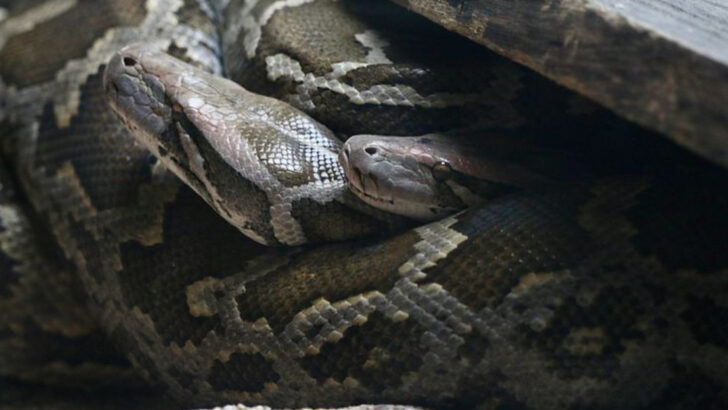Snakes are sneaky visitors nobody wants lurking in the yard. But guess what? Some common mistakes are rolling out the welcome mat for these slithery guests. From piles of clutter to overgrown grass, your backyard might be shouting, “Come on in!” without you even realizing it. The good news? Fixing these mistakes is easier than you think. Seven simple tweaks can turn your yard from snake paradise to a no-entry zone. No scary encounters. No sudden surprises. Just peace of mind. Ready to reclaim your outdoor space? Let’s kick those snakes out with smart moves that anyone can do.
Overgrown Grass
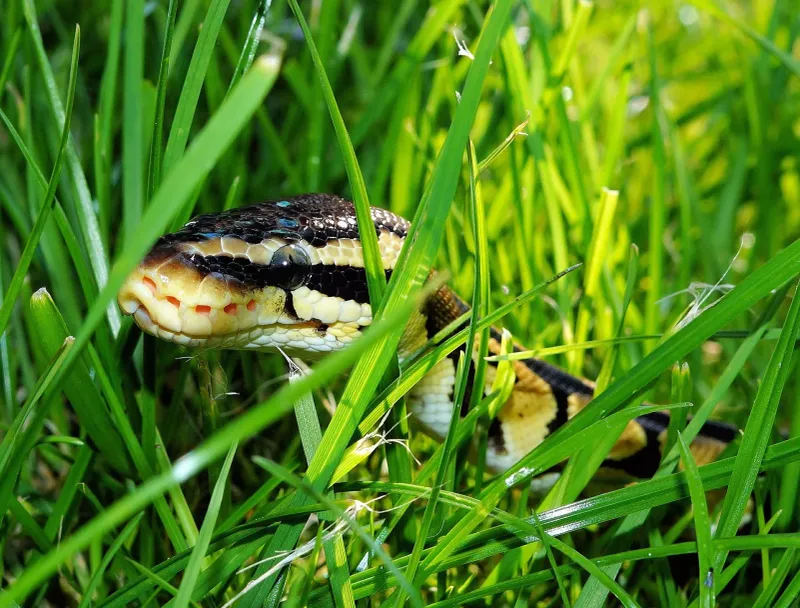
Tall grass provides the perfect camouflage for snakes. They love to slither through the lush underbrush, finding comfort in the cool, shaded spaces.
To fix this, regularly mow your lawn, keeping the grass short and tidy. This simple act eliminates hiding spots, making your yard less appealing to snakes seeking shelter.
Keep edges and corners well-trimmed, ensuring every part of your garden is maintained. Use sharp lawnmowers for a clean cut, and enjoy a more snake-resistant yard.
Unsealed Gaps and Cracks
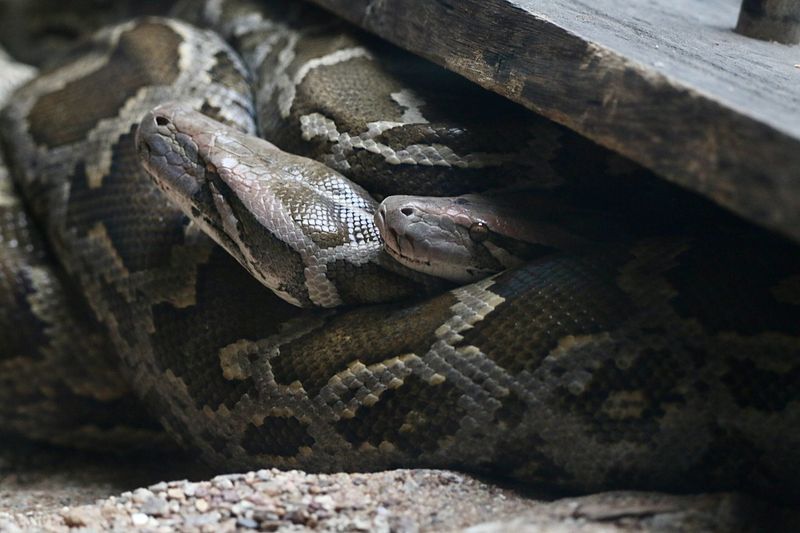
Snakes can enter through gaps and cracks in your home’s foundation. These small openings serve as inviting doorways for curious reptiles.
Seal these gaps with caulk or weather-stripping to keep snakes out. This not only prevents entry but also aids in maintaining energy efficiency.
Regular inspections help catch new openings early, providing peace of mind. Protect your home with these proactive measures, ensuring a snake-free environment.
Piles of Debris
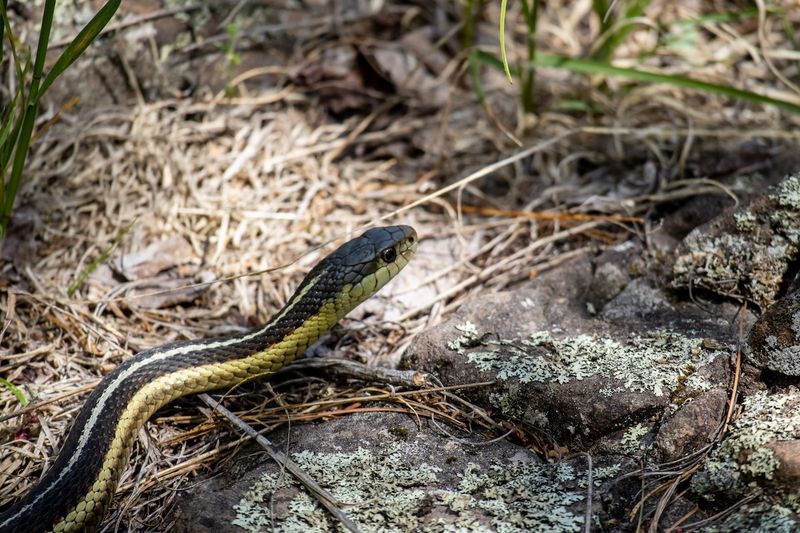
Debris piles offer snakes the perfect hiding place. Leaves, branches, and other litter create cozy shelters for these creatures.
By regularly cleaning your yard and removing debris, you decrease the chances of snakes settling in. Composting leaves or using yard waste bins can aid in maintaining cleanliness.
An organized garden is both aesthetically pleasing and less attractive to snakes. Relish in a tidy, snake-free environment with these practices.
Standing Water
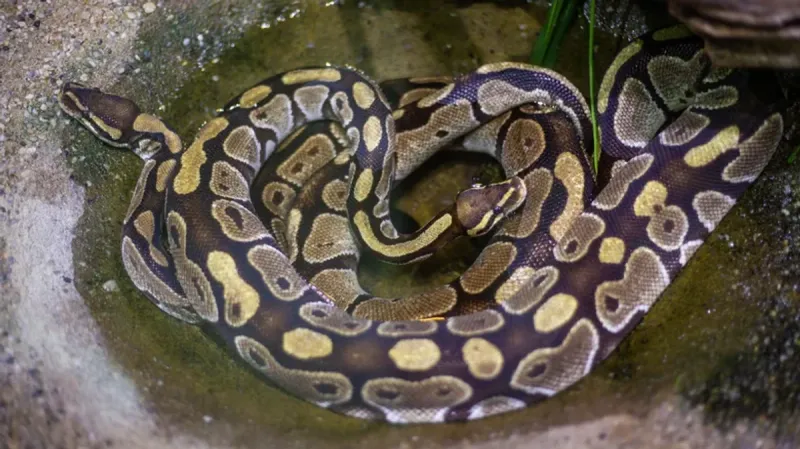
Standing water attracts pests like insects and rodents, which in turn draw snakes as predators. These water sources create mini-ecosystems ideal for snakes.
Eliminate standing water by improving drainage and filling low spots. Consider installing rain gardens or French drains to handle excess water.
A dry yard not only deters snakes but also reduces mosquito populations. Keep your garden free of unwanted aquatic surprises.
Dense Shrubbery
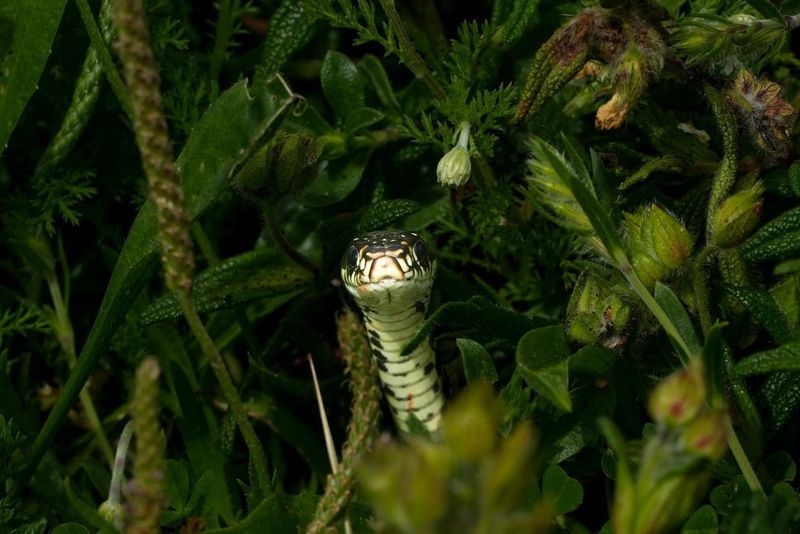
Thick and dense shrubs offer snakes an ideal hiding place. The foliage provides cover and a sense of security for these reptiles.
Prune your shrubs regularly to prevent them from becoming too dense. This not only enhances garden aesthetics but also reduces snake habitats.
Opt for shrubs with less dense foliage if snake concerns are high in your area. A well-maintained garden is both beautiful and snake-resistant.
Pet Food Left Outside
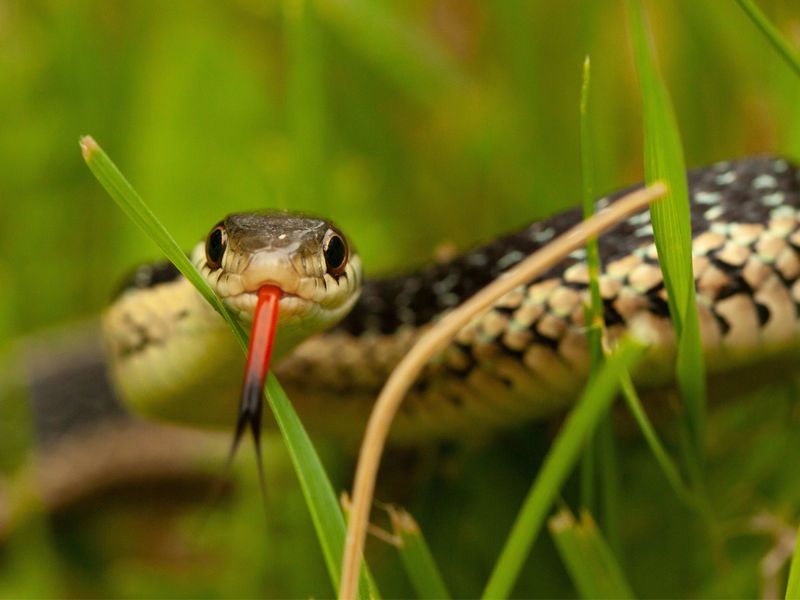
Leaving pet food outside can attract rodents, which in turn attract snakes. The scent of food is a beacon for various creatures.
Bring pet dishes inside after feeding to prevent this chain reaction. Store pet food in secure containers to avoid unwanted guests.
By controlling food sources, you discourage pests and reduce the risk of snakes visiting your yard. Protect your pets and home with these preventative measures.
Woodpiles
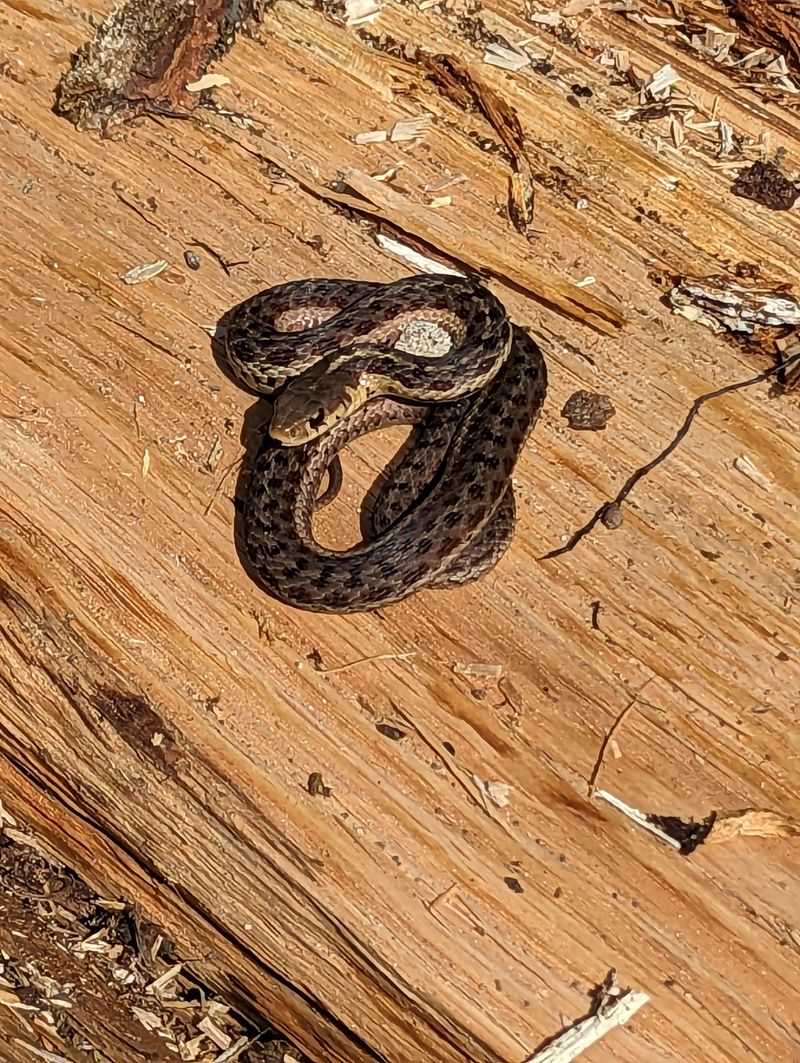
Woodpiles are a favorite hiding spot for snakes, offering shelter and warmth. These cozy stacks mimic natural habitats, enticing reptiles.
Store wood at least a foot off the ground and away from your home to make it less appealing. Use a rack or platform to organize the pile, ensuring airflow and dryness.
Regularly using and rotating your woodpile keeps it from becoming a permanent snake residence. Enjoy your fireplace with peace of mind.
Garden Rock Features
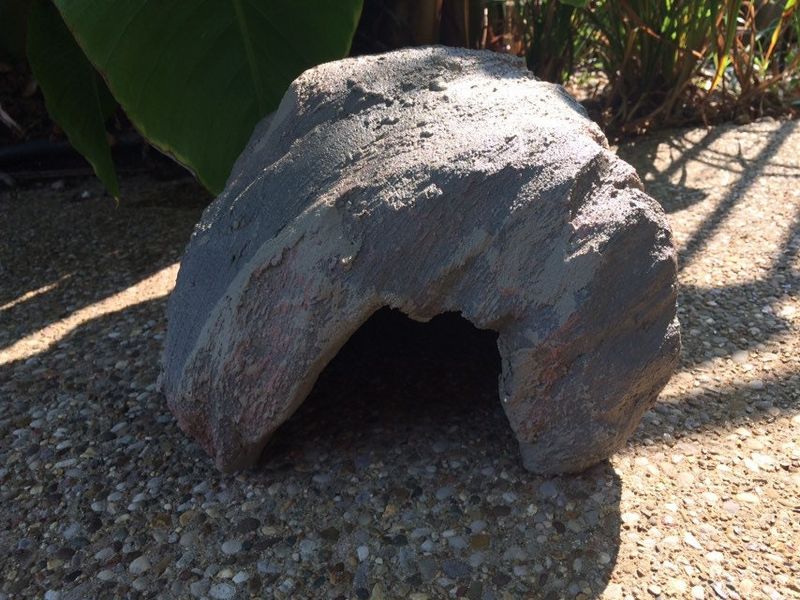
Rocks and stone features can provide shelter and shade for snakes. These natural elements create inviting environments for hiding.
Consider minimizing large rock decor or ensuring they are not tightly clustered. Use them sparingly or opt for alternative decorations.
Regularly check these features for snake presence, adding to your peace of mind. Create a beautiful garden without compromising safety.
Compost Bins

Improperly sealed compost bins can attract snakes. The warmth and food source from decomposing matter is tempting.
Ensure compost bins are tightly closed and positioned away from main living areas. Regularly turn compost to maintain aeration and reduce heat.
Choose pest-proof bins to deter all unwanted visitors. Composting can be safe and efficient, aiding your garden without inviting snakes.
Bird Feeders
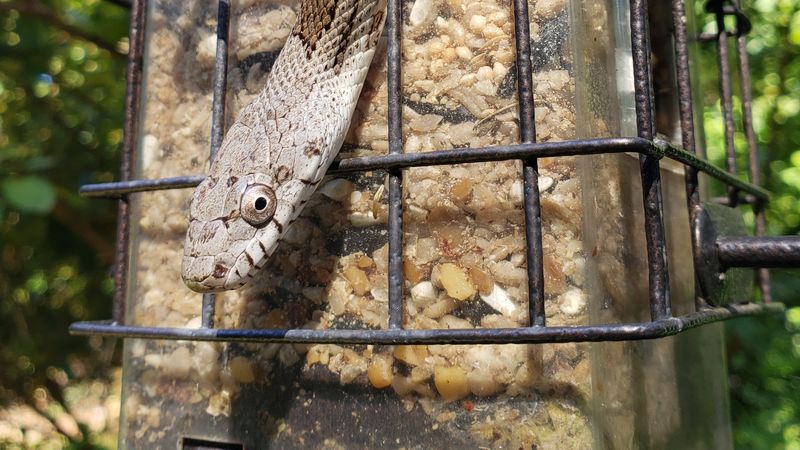
Bird feeders may inadvertently attract rodents, which can lure snakes seeking prey. Spilled seed adds to the problem.
Place feeders away from your home and regularly clean spilled seeds. Using catch trays can help minimize waste.
Choose feeders designed to deter squirrels and other pests to reduce the risk. Enjoy birdwatching without the worry of snakes in your yard.
Unkempt Garden Edges

Unkempt edges provide cover for snakes, allowing them to skirt around your yard unnoticed. Cluttered borders can harbor these reptiles.
Trim and clean the edges of your garden regularly, removing weeds and excess growth. This creates clear boundaries and reduces snake hiding spots.
A tidy border enhances your garden’s look and keeps it safe from unwanted intruders. Maintain a neat yard for beauty and security.
Open Compost Piles
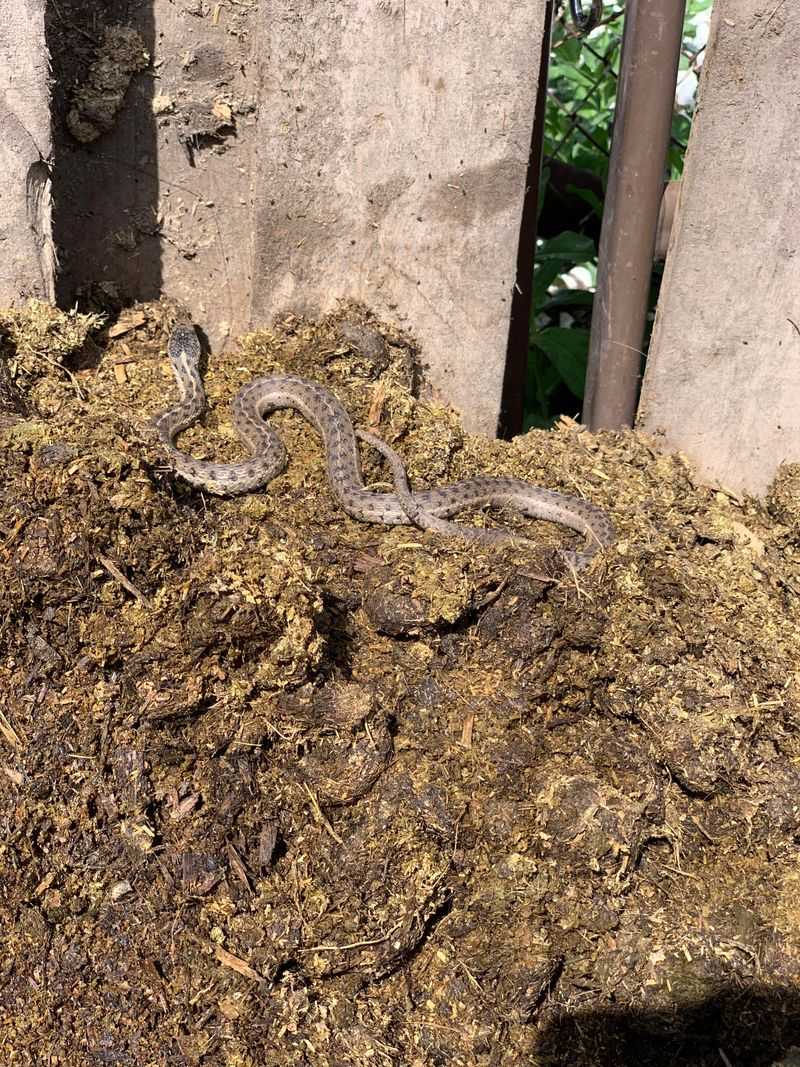
Open compost piles present an irresistible attraction for snakes, offering warmth and food sources. The decomposition process draws various creatures.
Enclose compost piles with secure fencing or bins to deter snakes. This keeps the area contained and less inviting.
Turn and manage compost regularly to prevent it from becoming a permanent habitat. Compost responsibly for a safer garden environment.
Unmanaged Ivy and Vines
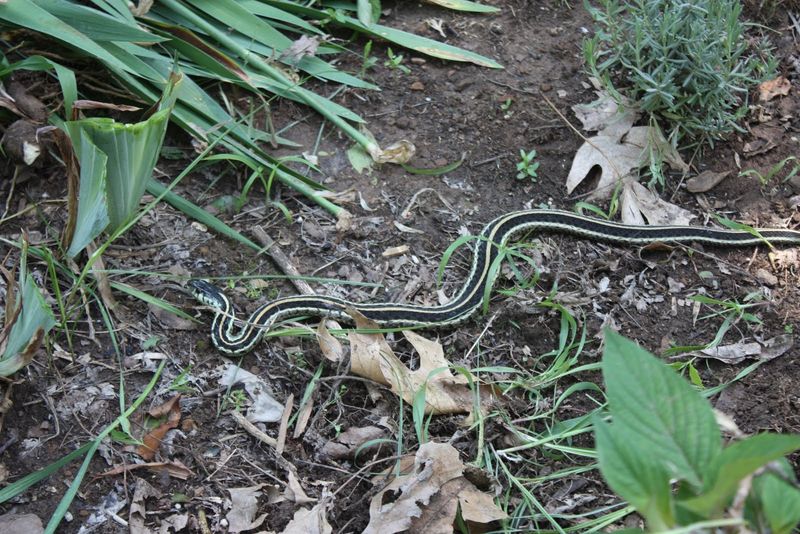
Overgrown ivy and vines create excellent snake paths, providing both cover and mobility. These plants can transform fences into highways for reptiles.
Regularly trim ivy and vines to keep them in check. This not only improves garden aesthetics but also reduces snake travel routes.
Control invasive species and maintain manageable growth for a safer, more attractive yard.
Rodent Burrows
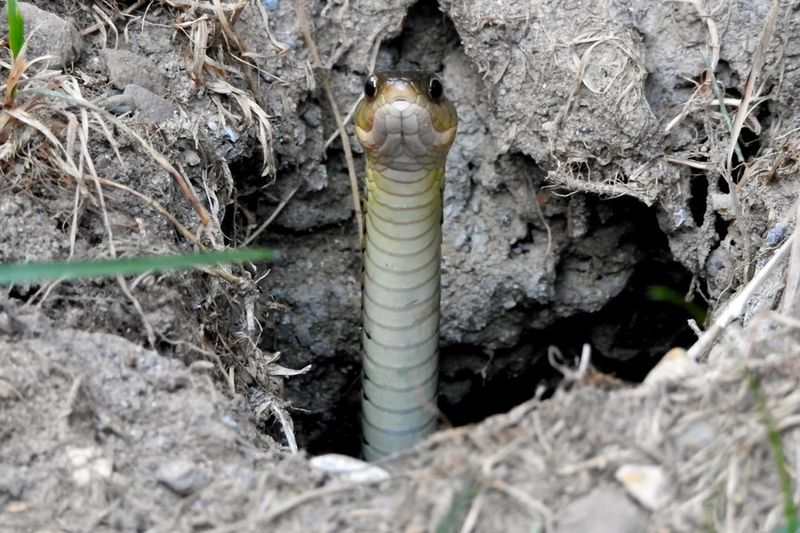
Rodent burrows are a direct invitation for snakes. These holes offer easy access to food in the form of small mammals.
Identify and fill burrows promptly to prevent snakes from moving in. Use natural repellents to deter rodents and, consequently, snakes.
Maintaining a rodent-free environment helps keep snakes away, ensuring your garden remains a peaceful sanctuary.

